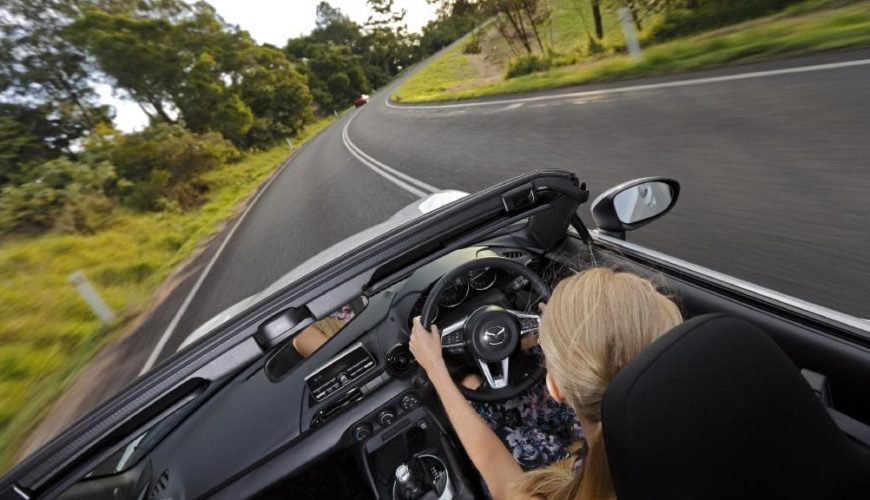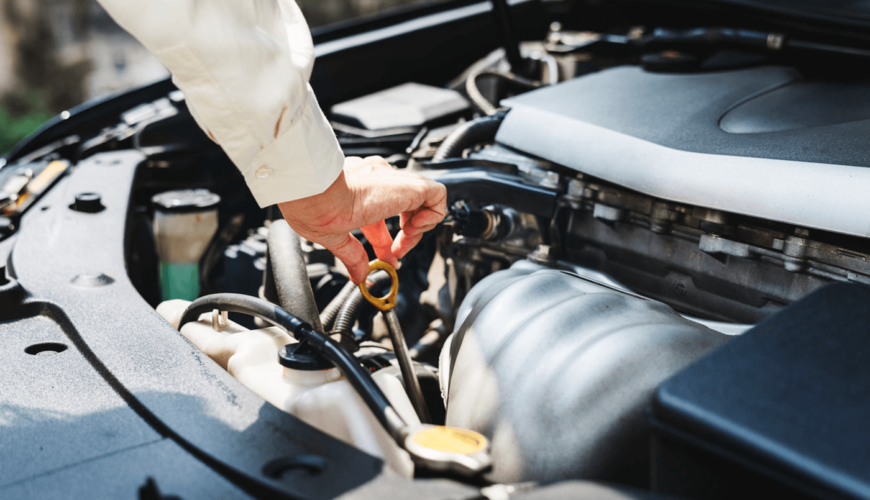Although travelling to another country to enjoy a holiday is exciting, there are some things that can be rather daunting – using the roads in a foreign country being one of them. No matter how good your Driving School was, it can still catch you off guard. If you’re planning a trip Down Under, then read on and discover 10 excellent driving tips for tourists and foreigners visiting Australia. These are useful for any driver to read if they want to improve their skills, they could even help you to get one of these bus driver jobs.
1.Is it necessary for me to have an international driver’s license?
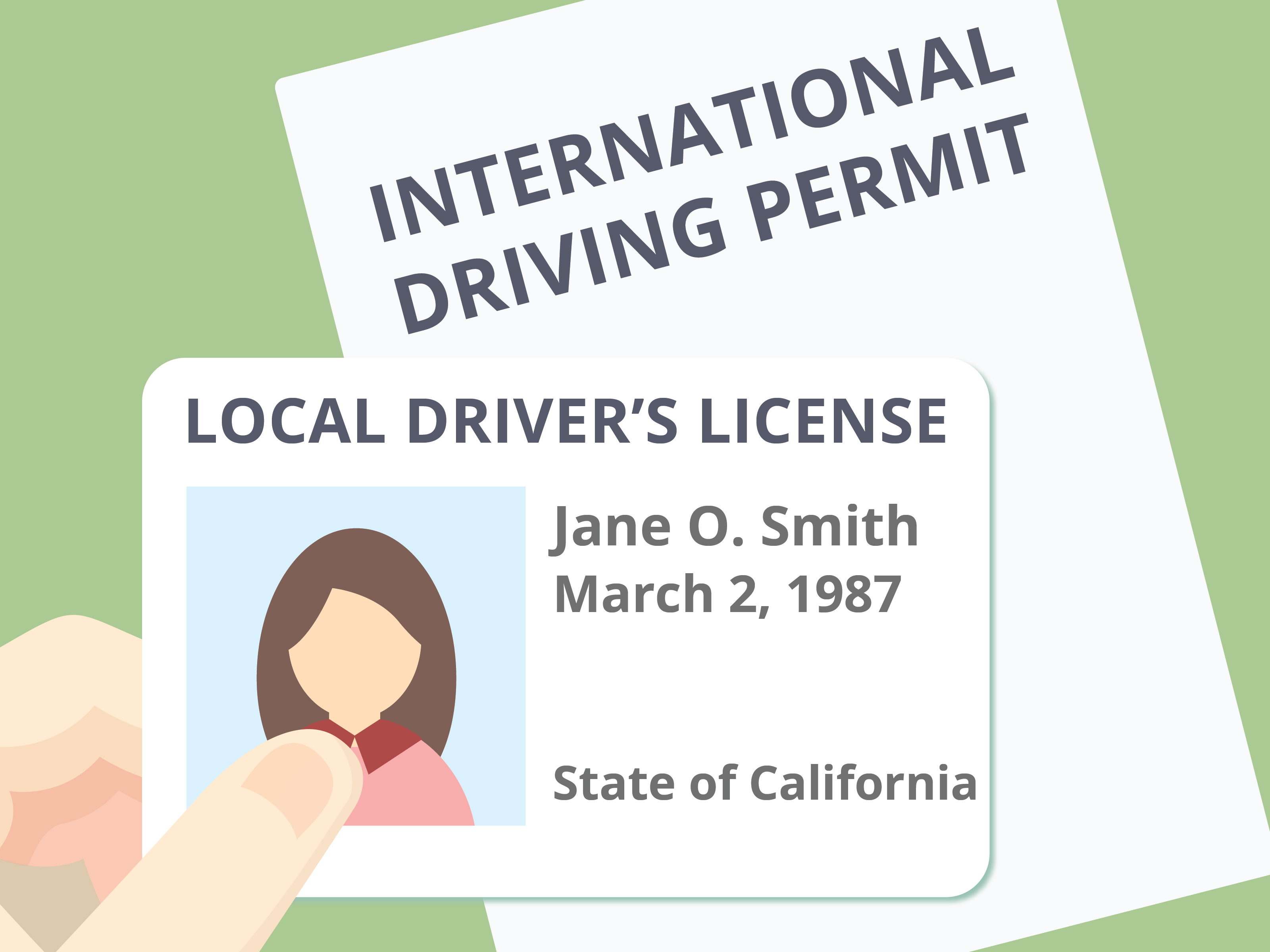
Yes, if you’re planning on driving during your stay in the country, then you must be in possession of a valid international driving permit, together with the driver’s license you obtained in your own country.
2.Which side of the road does Australia drive on?
Australian road regulations require you to drive on the left side of two-way roads. Ask your passenger to remind you about this every time you’re driving around Australia and also when you make a turn at an intersection.
3.Is it against the law to not wear a seatbelt?
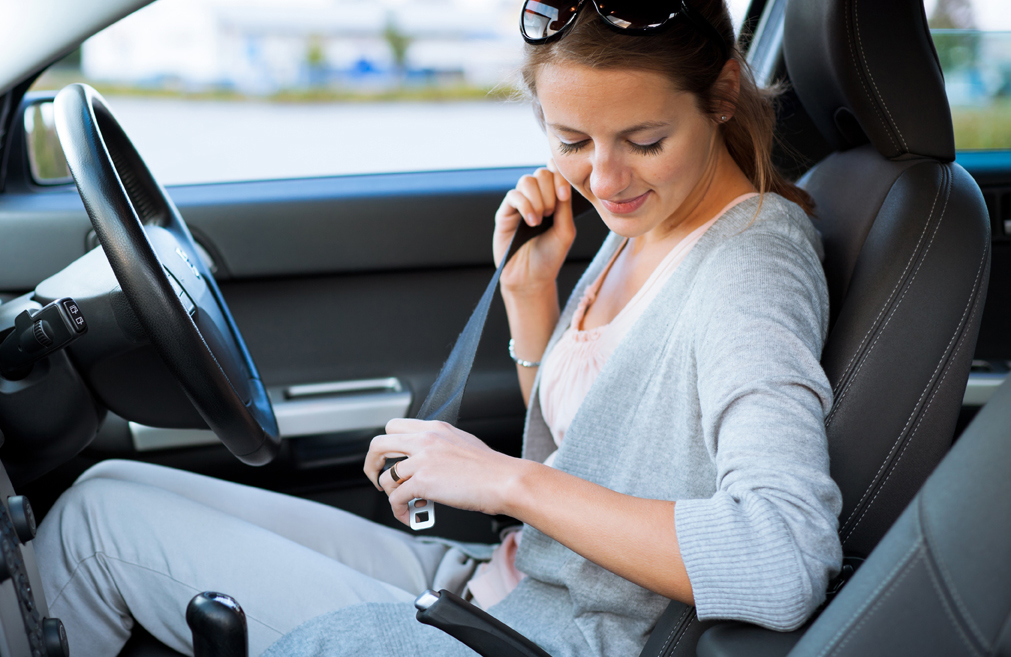
Yes, according to Australia driving rules, drivers, as well as passengers in a car, must, by law, wear seat belts. In addition, children younger than 7 are required to be strapped in a child seat appropriate for the weight and size of the child.
4.Does Australia have speed limits?
The laws in Australia are extremely strict when it comes to speed limits! The maximum speed limit allowed is displayed on that road and you are not allowed to drive faster than that speed at all. Even where speed limits are not displayed, the same rule applies. Drivers are warned to take special care to stick to the speed limits in school zones and residential areas.
5.What are Australia’s rules regarding alcohol and driving?
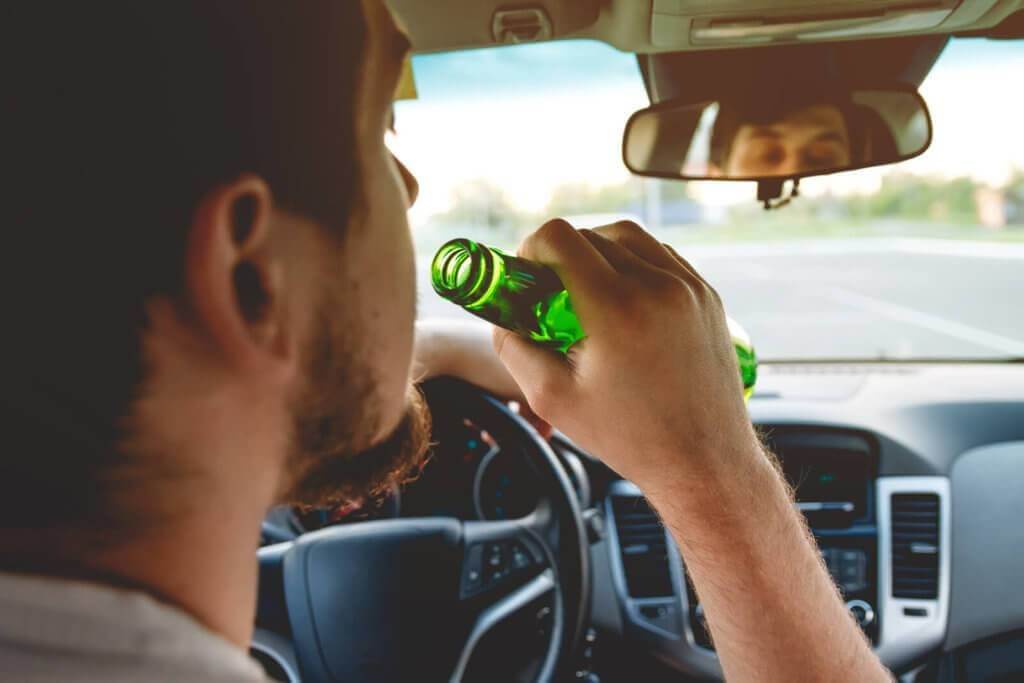
Australia does not tolerate drivers operating a vehicle when they are under the influence of alcohol or drugs. If you are caught, you will suffer serious penalties! You are not allowed to drive a car if you have a blood alcohol level of 0.05% or more. Drivers in possession of a temporary driver’s license are not allowed to drink and drive, period. In other words, if you are stopped and tested, your blood alcohol level must show zero. To drive under the influence is, as it is in America, totally illegal. If you are charged for the crime in America, you may want to seek the advice of lawyers who might be able to help you in your case.
6.Am I allowed to use my cell phone while driving?
No, using a mobile phone while driving is not permissible in Australia. This includes:
- No receiving calls
- No making calls
- No playing games
- No texting
- No surfing the internet
7.Do Australian roads have rest stops?

Australia is a large country, so travelling long distances is commonplace. It is best to plan your trips so that you can make a few stops along the way and fill up with petrol along the way. Main highways and roads have rest stop every 80 to 100 kilometres / 49 to 62 miles for drivers to pull off and rest when they need to.
8.Is it safe to drive in remote and rural areas?
You need to have good driving skills and knowledge of different road conditions when you drive in remote and rural areas of the country. Make sure that the car you’re driving has been recently serviced and is in good driving condition. If you’re planning to drive in these areas, make sure that your car has sufficient petrol, food and water.
Also, ensure that your car has a good spare tyre, extra water and appropriate tools in the event that you do break down. It is common in Australia to travel long distances between facilities and towns, so it is extremely important for you to plan any trips, before setting off. Inform family and friends where you intend travelling in these remote areas and what time you should arrive. It might also be a good idea to hire an emergency communications apparatus such as an Emergency Position Indicating Radio Beacon (EPIRB) or a satellite phone.
Just as it is important to follow the laws of any country you’re travelling to, if you abide by the Australia driving rules, then your experience when driving around Australia is guaranteed to be an incredible one!
9.Do local wildlife and animals pose a risk to drivers?
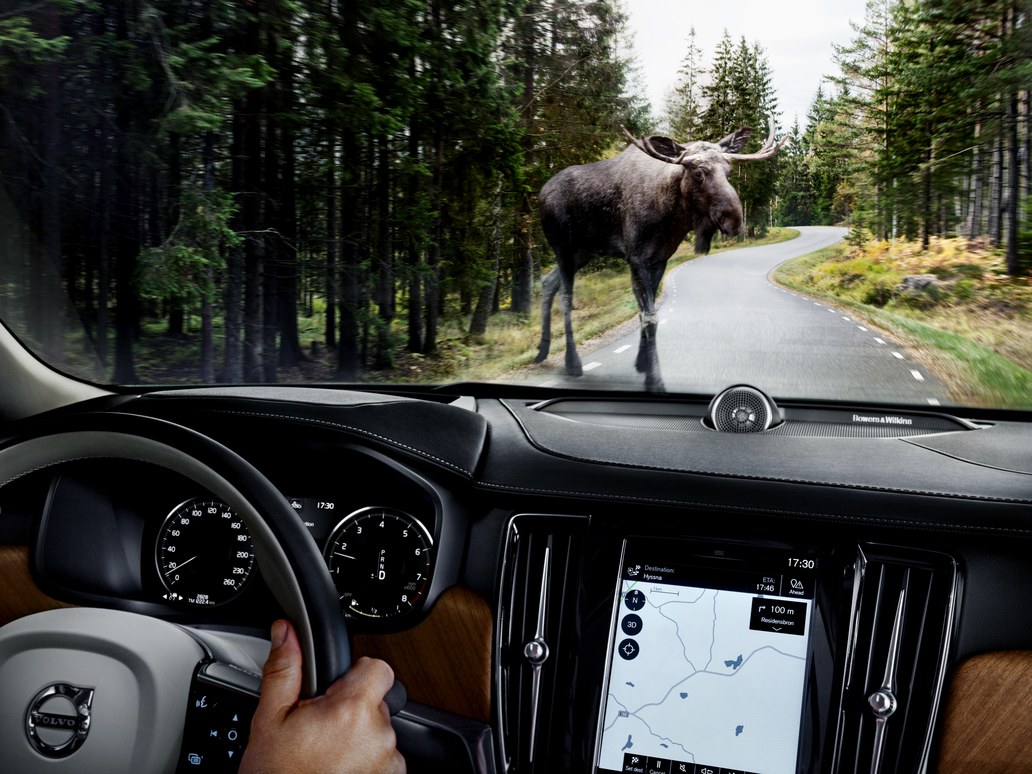
Although speeding is the main reason for accidents occurring on the roads in Australia, a range of animals such as kangaroos, wallabies and cassowary, can also be a strong potential hazard to drivers.
In order to prevent the risk of collision between drivers and animals, some car hires firms, in states such as Western Australia and the Northern Territory, have implemented curfews so that drivers are restricted from driving after sunset – as this is when animals are most commonly hit. Laws regarding time restrictions vary in different states to ensure that you check prior to travelling. Alternatively, if you are hiring a vehicle, discuss with the company what their policies are.
10.Are there toll roads in Australia?

Similarly to other countries, there are toll roads in Australia and they are commonly found on motorways, tunnels and bridges. Tolls are only exercised in states such as New South Wales, Queensland and Victoria and dependent on the type of road and the area that you are driving in, prices can range between $4-$11. Since 2013, the toll roads now consist of a modernised system and you can no longer pay by cash. If you do intend to use toll roads during your visit, the low-cost solution is to fit an e-tag to your vehicle- which allows you to make prepayments and avoid fines. There is, of course, the other option of spending extra time planning your routes in advance: this will make for a lengthier journey but you will not be required to use toll roads.

